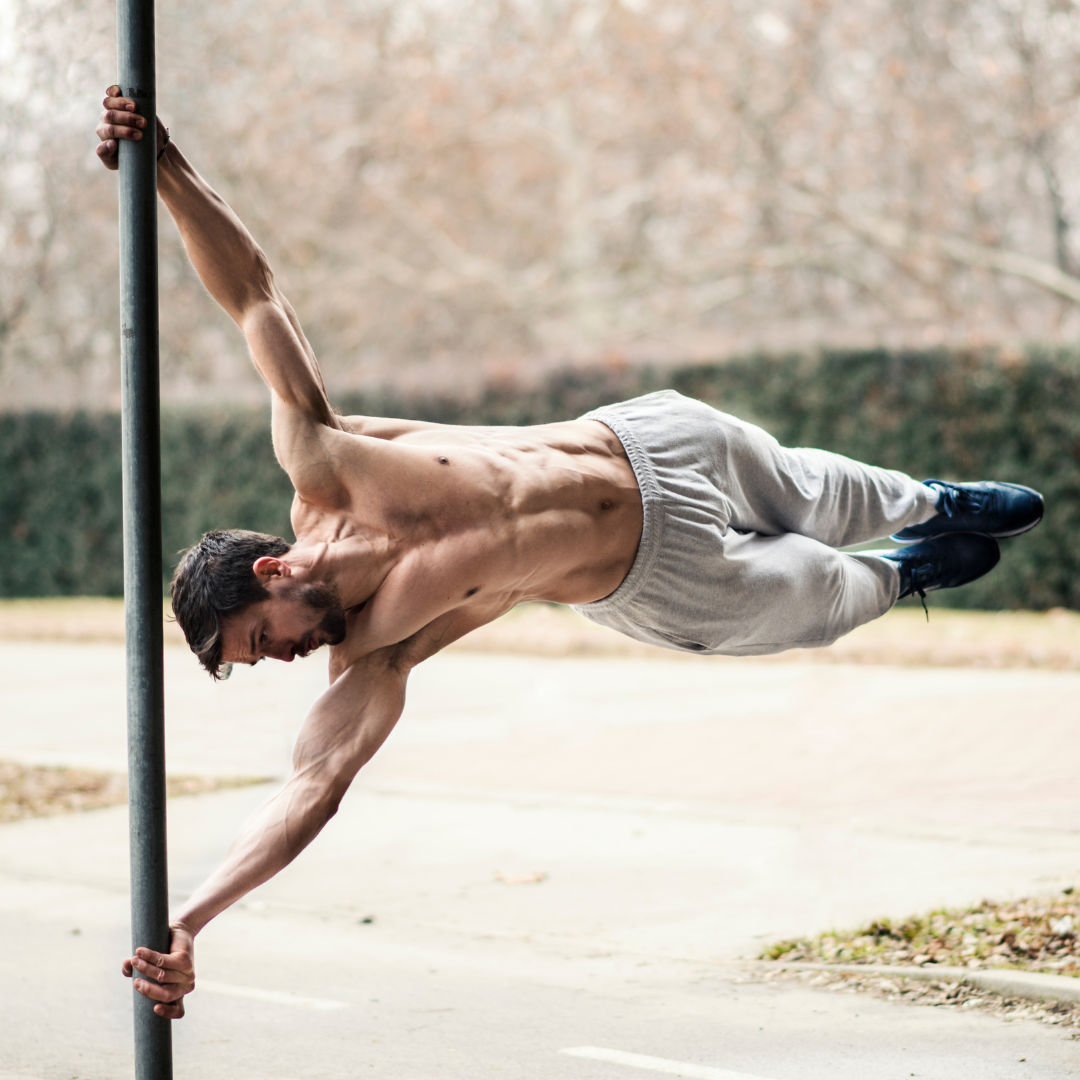Introduction
In the world of calisthenics, where the emphasis is on using your own body weight, static positions are a fascinating aspect of the training. This form of exercise requires not only physical strength but also endurance and body control. In this blog we take a deep dive into the world of calisthenics static postures.
What are Static Postures?
Static postures, especially in calisthenics, are exercises in which the body is held in a certain position without movement. It's not about the number of repetitions, but about the duration and precision of the position. These exercises emphasize activating and holding specific muscle groups, developing strength, stability and body control.
Popular Calisthenics Static Postures
*1. Plank: A basic static position where the body is held in a straight line, focusing on the core muscles.
*2. L-Sit: This involves the practitioner lifting the body while holding the legs in an L-shape, which requires strength and stability in the arms and core.
*3. Front Lever: An advanced position in which the body is held horizontally, with emphasis on the back and shoulders.
*4. Back Lever: A challenging static position where the body is held upside down, which requires a strong back and triceps.
*5. Human Flag: A commanding side position with the body held parallel to the ground, where shoulder and core strength are essential.
Benefits of Static Postures in Calisthenics
-
Strength development: Static postures challenge specific muscle groups, allowing for isolated strength development.
-
Body Control: Holding static positions requires a high level of body control and awareness of muscle contractions.
-
Endurance: Increasing the duration of static holds improves endurance, which is essential for a comprehensive calisthenics workout.
Tips for Training Static Postures
-
Progressive Build-Up: Start with simple static poses and gradually build up to more advanced positions.
-
Regular Training: Add static holds to your workout routine regularly to make consistent progress.
-
Focus on Technique: Focus on correct technique to maximize the effectiveness of the exercise and prevent injuries.
Conclusion: The Art of Standing Still
Calisthenics static postures offer a unique and challenging dimension to the training, focusing on strength, stability and body control. Whether you're a beginner exploring the basics or an experienced practitioner looking for new challenges, integrating static poses into your training can result in improved physical and mental strength. Discover the art of standing still and dive into the world of calisthenics static poses for a new dimension in your fitness journey.



